Affiliate links on Android Authority may earn us a commission. Learn more.
Here's why Android OEMs are turning to hardware gimmicks to shift phones
June 23, 2018
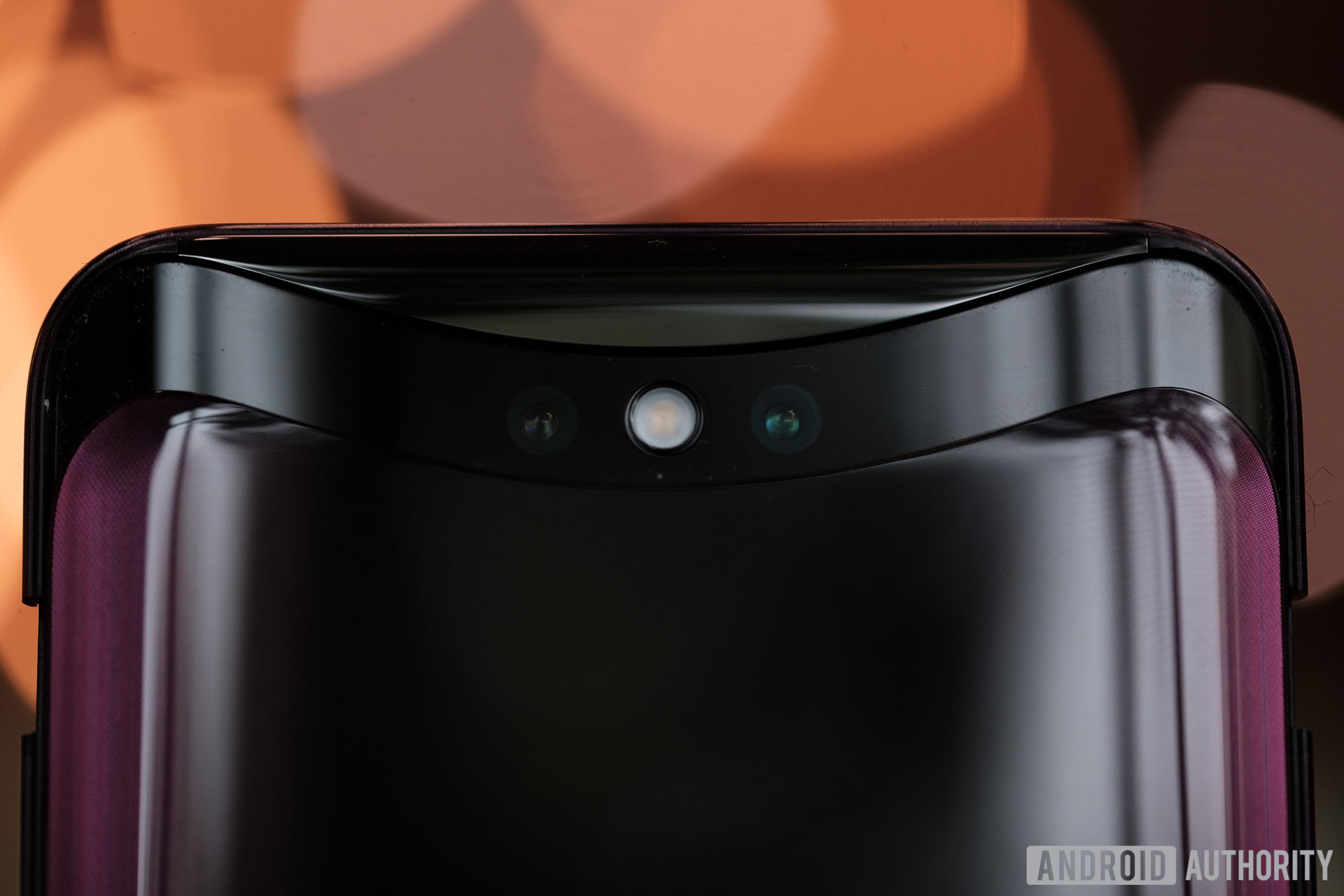
Earlier this week, the OPPO Find X was officially announced. This handset now holds the record for the highest screen-to-body ratio for a smartphone at 93.8 percent. It accomplishes this feat with a set of cameras on both the front and the back that rise up from the top of the Find X when in use. It looks very cool.
Read more: OPPO Find X vs the competition
Last week, the screen-t0-body record was held by another phone, the vivo Nex, which has a 91.24 percent screen-to-body ratio. The Nex keeps the rear cameras on the back, but it has a front-facing camera that pops up out of the frame of the phone and goes back down when not in use. It also has an in-display fingerprint scanner, and uses the display itself as an audio speaker.
The launch of both the OPPO Find X and the vivo Nex are representative for the constant push to give consumers a truly all-display smartphone experience. The choice to put in cameras that only work when they come out of the phone also seem to represent a new wave of hardware gimmicks coming in the near future, as smartphone makers race for a way to make their handsets stand out.


Are mechanical pop-up cameras the way to go?
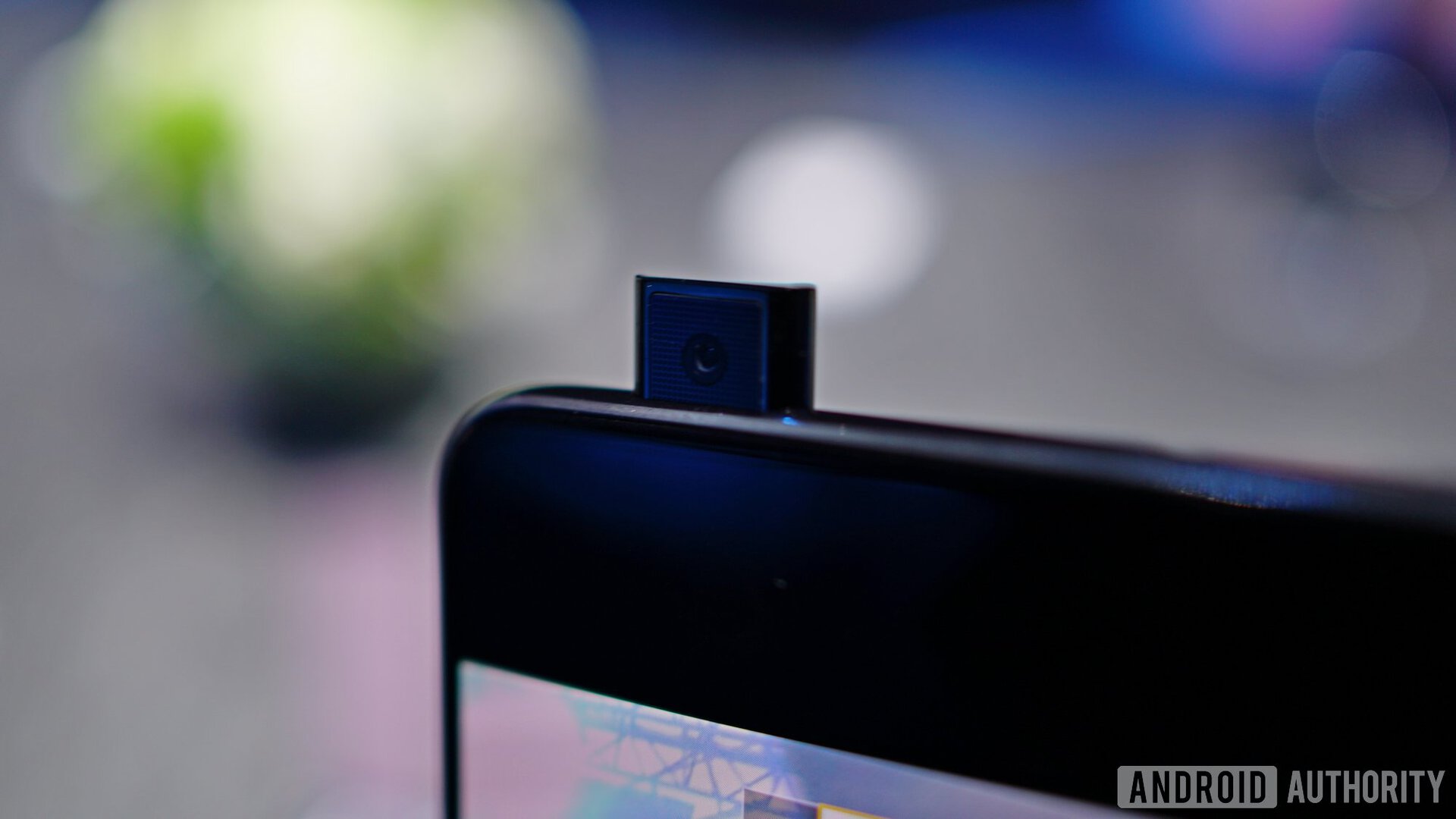
All-screen smartphones look cooler, no doubt, but having moving parts and pop-up cameras on top may not be the way to go. The most obvious problem with these kinds of designs is the use of mechanical parts to go up and go back down.
Moving parts can wear down and fail over time (anyone who has experienced the failure of the power windows in their car can attest to that issue). While OPPO and vivo claim to have conducted reliability tests on the mechanical parts on the cameras in the Find X and Nex to make sure they won’t fail, we will have to see if that actually translates to the real world.
Even if the moving parts in those cameras don’t fail, they have other issues. Putting a case (at least a conventional one) on the OPPO Find X is impossible if you want to take a selfie picture. These mechanisms also open phones up to dust, lint, and water in new ways that are harder to defend against. Over time, they could become major headaches for owners of these phones.
Other hardware gimmicks are already here
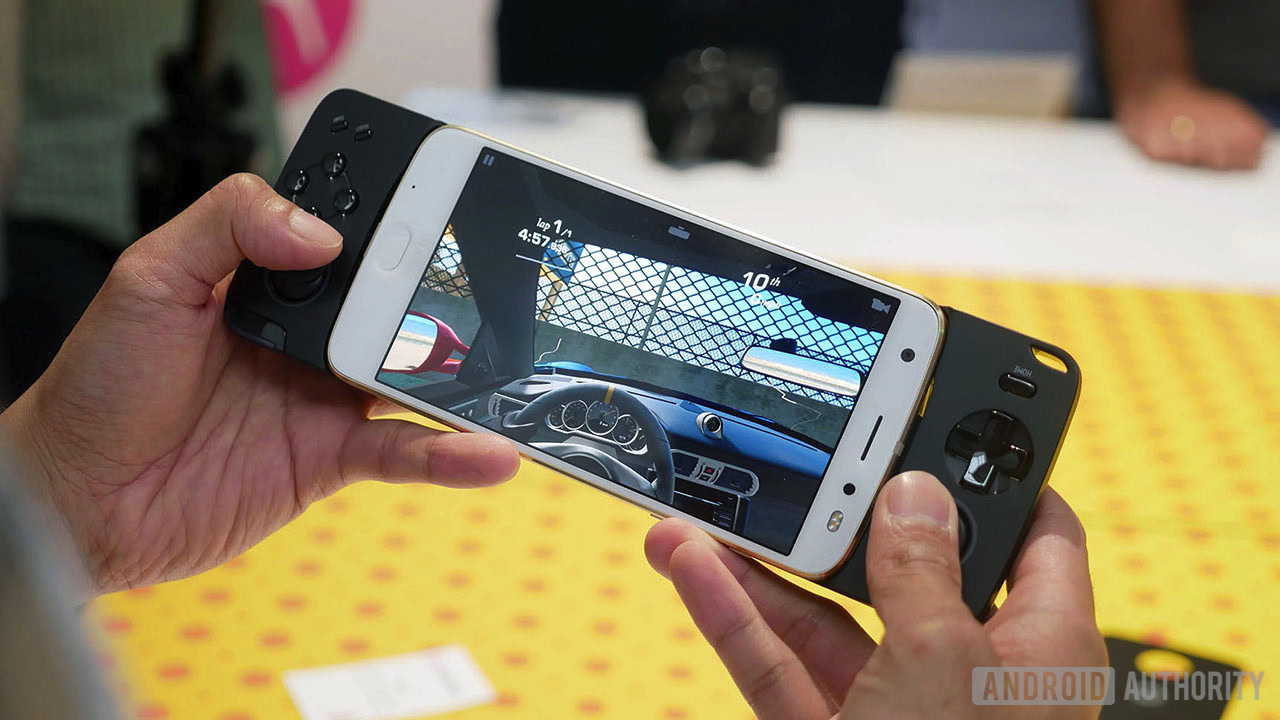
You don’t need a sliding camera in your phone to know hardware gimmicks have been around for a while now. Motorola has been promoting the use of its Moto Mods for its Moto Z phones for a few years already. The accessories connect to the back of the Moto Z phones with magnets and offer a variety of extra features, including more battery life, better cameras, and a gamepad that can make the Moto Z phones into a gaming console.
The Essential Phone, with its magnetic connector and wireless data transfer is another example. And several years ago, LG tried and failed to get its own gimmick of the ground – remember the LG G5’s Friends?
Hardcore gaming phones are on the rise, with hardware features like 90Hz and even 120Hz displays, along with special cooling features and, in at least one case with the upcoming ASUS ROG Phone, an overclocked processor.
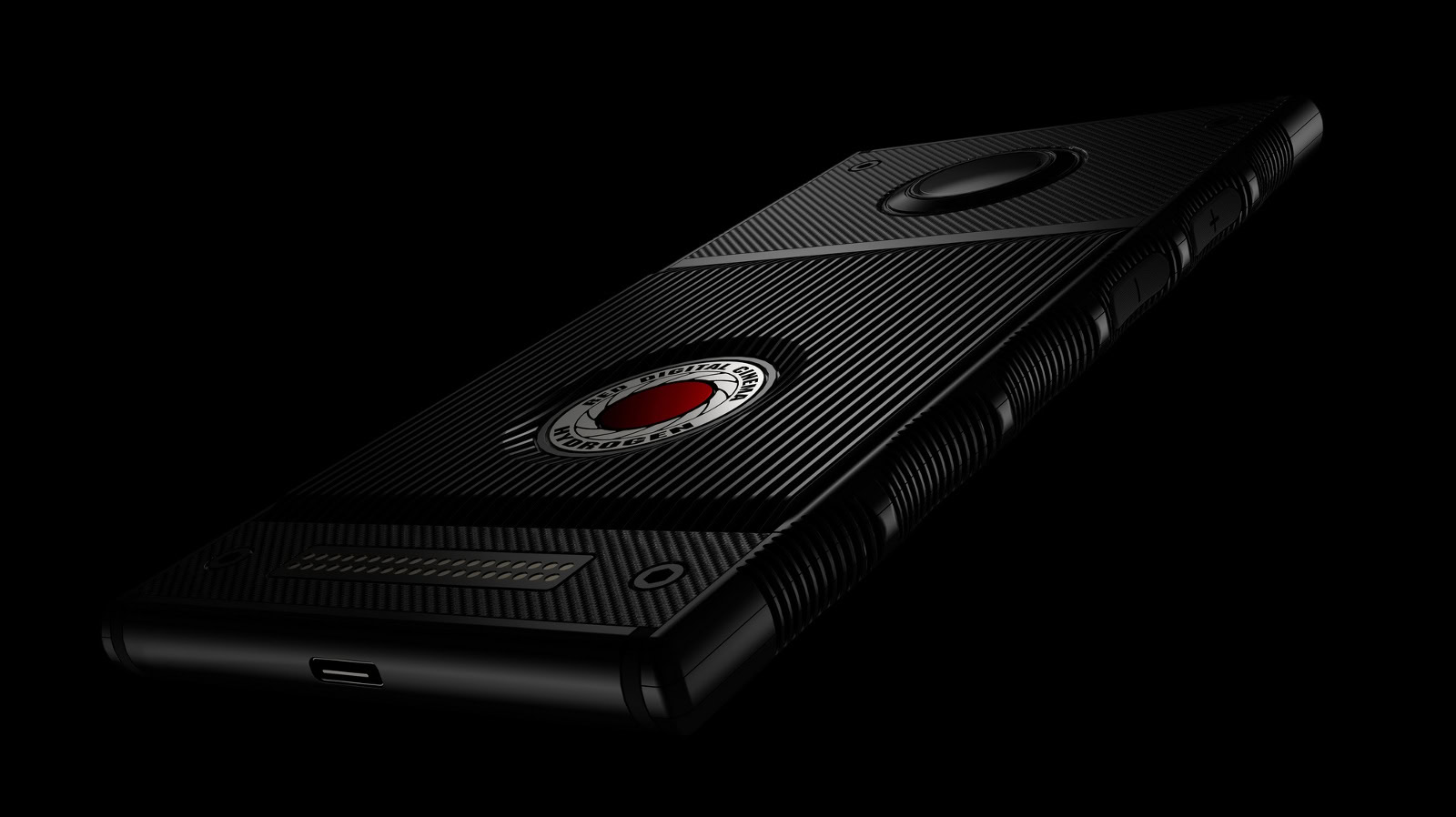
Let’s not forget the upcoming Red Hydrogen One, apparently coming later this year with a 3D holographic display, which the high-end camera company calls 4 View (4V). It’s supposed to give both pre-created and live video content a 3D look that appears to pop out of the screen.
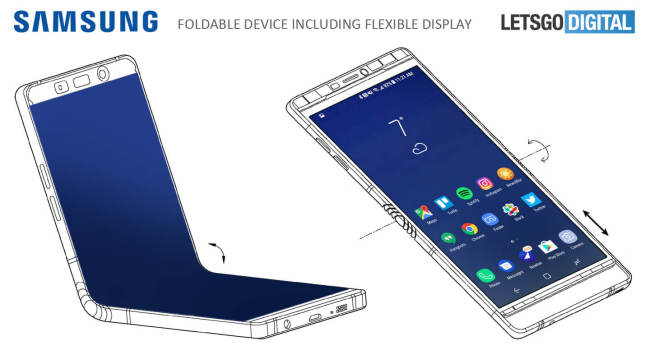
On top of all that, the biggest hardware gimmick for smartphones may be yet to come: a phone with a foldable, truly flexible display. While we have already seen smartphones with two separate screens connected with a hinge, Samsung has been working on a phone with a real flexible display for some time, and it could launch sometime in 2019. There are also rumors HUAWEI is working with Chinese display manufacturer BOE on an 8-inch foldable phone, which may launch in late 2018.
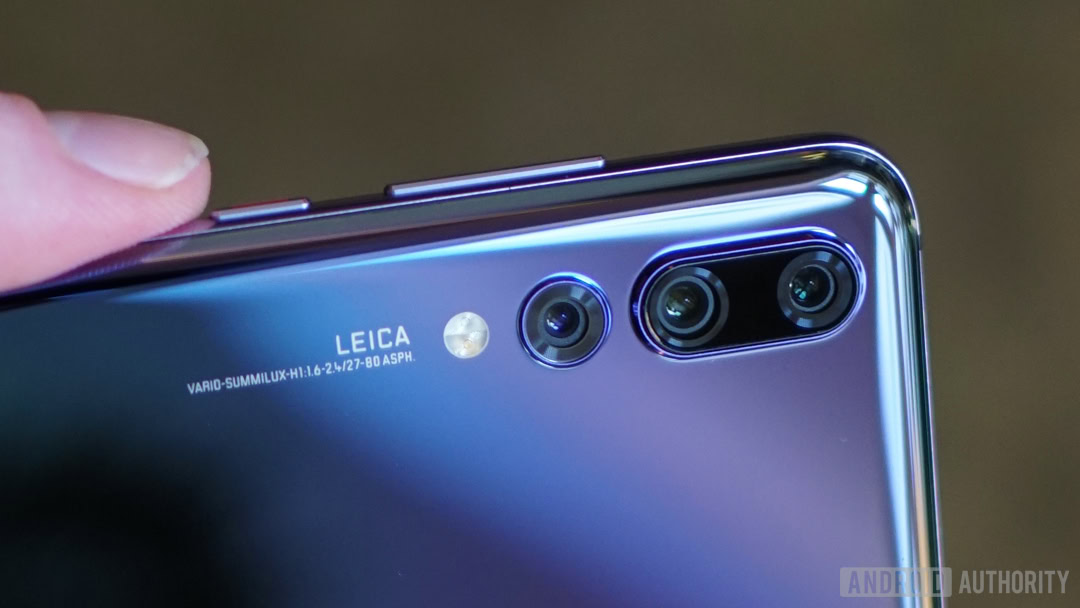
Some hardware features skirt the definition of gimmick, but deliver genuinely useful functions. We have seen interesting hardware features pop up on certain phones, like the three rear camera sensors found on the HUAWEI P20 Pro. In-display fingerprint sensors are beginning to pop up on phones like the vivo Nex and the earlier vivo X21. Using IR-based facial recognition to unlock phones is slowly making its way to more phones. We have already mentioned how the vivo Nex ditches the standard speaker on a phone in favor of a design that makes the display generate outside audio.
The fight to be unique
It seems smartphone makers know they cannot release new flagship devices every year with just a faster processor, more RAM and storage, and a higher resolution display. It might have been the trend a couple of years ago, but now everyone can do that. You have to make your product stand out. New hardware features, both under the hood and the ones that can be seen on the outside, will definitely do that job. It remains to be seen if these will be real hardware advances or just trends that quickly go away.
Which of these hardware gimmicks do you think will last the test of time? Let us know in the comments!
Thank you for being part of our community. Read our Comment Policy before posting.